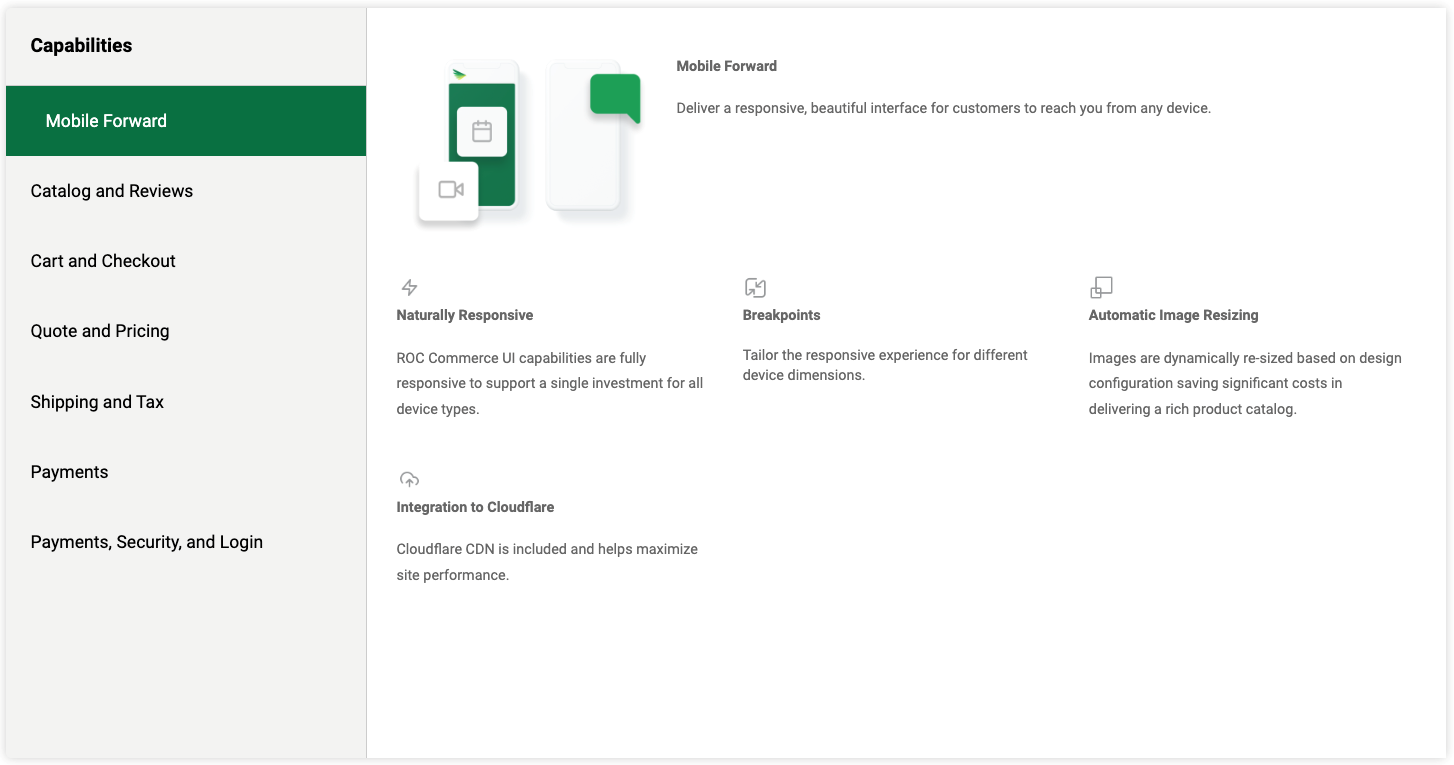How to Build High-Converting Product Pages
Here’s a binary truth:
The content that populates the ecommerce product pages on your website is either a sales-generating asset or a bounce rate disaster for your business.
When you understand that conversion power is dependent upon your ability to show how your products or services can help customers solve one or more problems they are currently facing, your online store is already a step ahead of the competition.
Today, we’re breaking down the three stages of building high-converting ecommerce product pages so you can turn site visitors into loyal customers:
1. Clearly Indicate to Users That They've Landed on a Product Page
Using H1 and H2 header tags is the fastest way of showing prospects where they are and what is in front of them. Even a slight sense of confusion can make someone leave your web page. Don’t minimize or skip this simple step in product page best practices that build consumer confidence.
Another way of capturing attention is prioritizing your unique value proposition (UVP) which explains your product positioning and benefit. Keep the copy short and punchy to make prospects excited to learn more. Visitors should be able to understand your UVP within 10 seconds or less.
Next up, include enough potent user experience (UX) design considerations and content elements so that users can quickly scan the page and know they’re in the right place. An investment in excellent product photography to show the best of your products is an investment in UX. Here are UX enhancements to consider:
- A feature image
- A photo gallery or video of compelling product visuals
- Emphasis on high-level description elements (title text, reviews, price, call-to-action)
- Supportive copy with thorough, engaging product descriptions
- Linked testimonials, case studies, and other forms of social proof
- Opportunities for upsell and cross-sell (e.g, Customers Also Bought)
- Additional information considerations
(such as FAQs, customer support information, shipping, returns, etc.) - Product reviews
2. Write Copy in a Way That Promotes an Emotional Reaction
You’ve probably heard it before: People buy emotionally, then justify their purchases logically. This can certainly apply to B2B ecommerce as well. Emotional buying is more than just impulse buying, it involves a connection to brands and products built by trust, affinity, confidence, and more.
Online shopping psychology is often the trickiest part of internet sales. Follow the AIDA formula to help explain to potential buyers why they should care about, and invest in, your product. AIDA stands for Attention, Interest, Desire, and Action:
- To grab prospects' attention, make sure to include primary keywords in your product’s summary. Here’s how Nordson, a manufacturer of equipment used for dispensing adhesives and other materials, does it on one of their product pages:
Nordson EFD Optimum® Class VI syringe barrels and dispensing components are made from biocompatible, United States Pharmacopeia (USP) Class VI resin to simplify process validation for medical manufacturers to more easily meet strict regulatory approvals.
- Keep visitors interested with short blurbs that highlight the benefits, while describing the features. For instance, ROC Commerce Ecommerce Storefront features are complemented by benefit-based blurbs that make it easy for everyone to understand their value.

Here’s how to write similar eye-catching blurbs:
- Use descriptive words that paint a picture and persuade readers. You can say that a jacket has "excellent quality" or you could expand upon that description by saying it has a “water-repellent coating that keeps you dry in heavy rain.”
- Add technical details - such as measurements or material - that can affirm trust and guide prospects through an informed decision-making process.
- Use long-tail keywords to satisfy user intent. Because they’re more specific, these terms hold more conversion potential. A person looking for “educational board games for kids,” is more likely to make a purchase than someone looking just for “board games.”
- Avoid superlatives, unless only you can justify them.
- Avoid sounding too “salesy.” Phrases like “once-in-a-lifetime opportunity” are not only vague, but they also repel your audience.
- Don’t condescend readers. One way to make readers feel inadequate is by using these four words: “just,” “simple,” “basically,” and “obviously.”
- Be succinct. If you can describe a product or service in fewer words, do it.
3. Encourage Users to Take Action Through Smart CTAs
Effective ecommerce calls-to-action (CTAs) are simple and very specific. They answer the following two questions for buyers:
- What is the benefit of the next step?
- What is the next step?
Create copy that helps prospects overcome purchasing obstacles and explains what they need to do to take the next step. Do you want them to buy on the spot? Do you provide opportunities to learn more about your product or download something to advance them on their buying journey? Say just that and follow it with a benefit.
A couple of simple and effective product page CTAs include:
- Request a demo
- Download your free copy
- Get the product tour
- Get your free quote
- Add to cart
More Practical Tips on Writing CTAs:
- Include questions: “Are you a Student? Get a special rate.” / “Are you doing your SEO wrong? Enter your URL to find out.”
- Create urgency: “Get your free e-book right now!”/ “Get 50% off today only!” / “Only 3 left in stock!”
- Personalize perspective. Change “Your” to “My.” “Start my free trial.”
- Use a subject and a verb: “Get the product tour”
- Use numbers that convey value: “Sign up for a monthly membership and save $127 a year.”
Pro tip:
CTAs can come in the form of buttons or a line of text with a hyperlink that will take shoppers to a conversion page. Buttons should be between two and four words, while the text shouldn’t exceed seven words (between 90 and 150 characters). Position your CTA at the end of the page or at the most logical decision-making point.
Let’s Work Together
At ROC Commerce, we are passionate about growing digital commerce and business success with our clients.
Request a demo, today!
